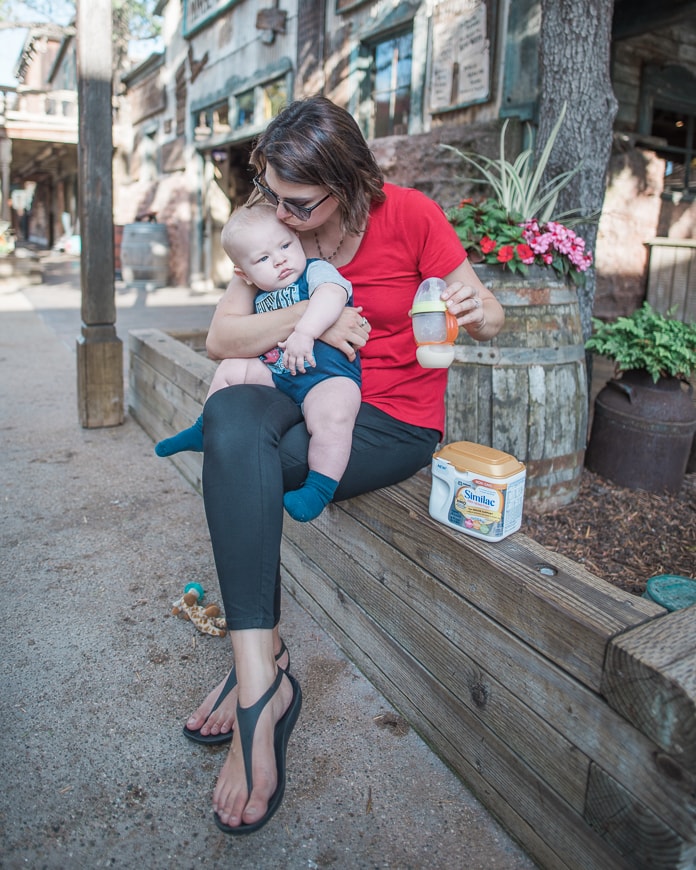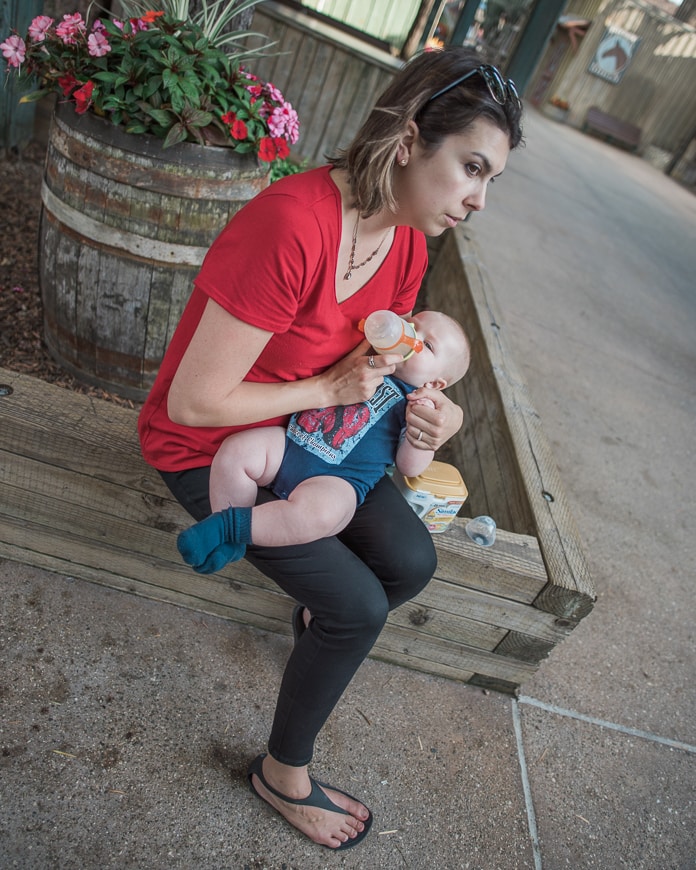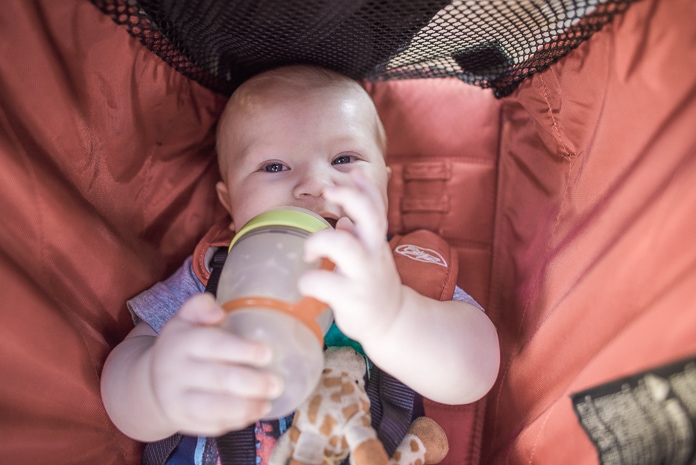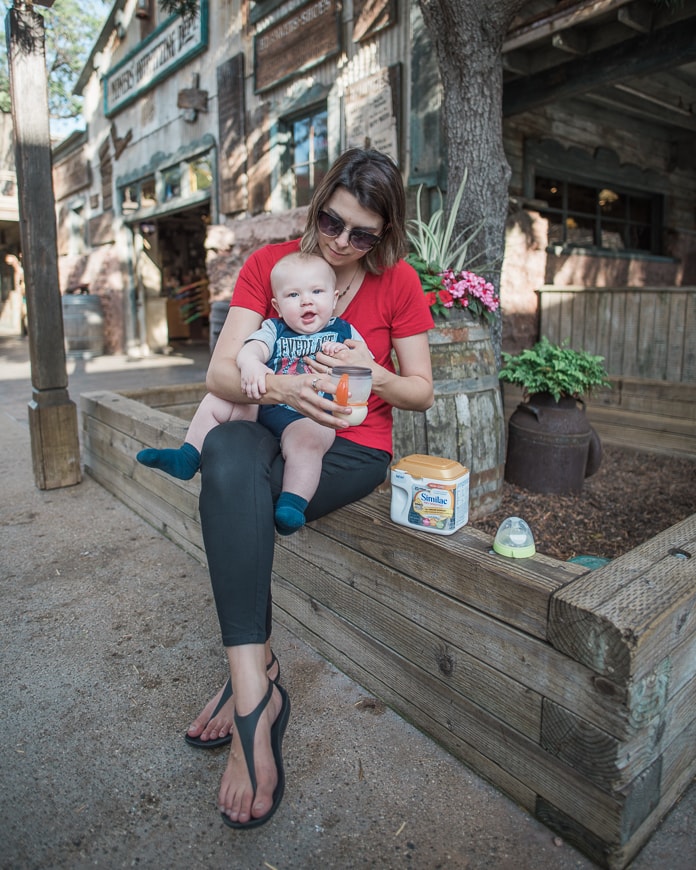“You shouldn't say that,” Nate admonishes me. “You didn't fail at breastfeeding so much as you moved to a different feeding approach.”
Nate comes from a family where failure isn't an option. Failure, if ever the word passes his lips, is merely a teacher along the path to success. I'm more of a pessimist realist. Where Nate sees possibility and hope, I see brutal facts exactly as they are. I nursed my first three children and I intended to continue with the fourth. That didn't happen.
The goal I had in mind was not attained. That's pretty much the definition of failure.
Only now, months after the fact, I can see that the real failure was my misguided “goal.”

“I will stay calm and centered during labor,” I told myself. “I will get clear answers about his health. I will enjoy peaceful bonding time with my baby.” It was a very specific sort of mantra that steered my focus away from all the bad things.
Except none of that happened. Nothing went as planned. Newsflash: it never does! And so I spiraled. I fell into a deep depression and my body went into self-preservation mode. The milk that had initially sustained my baby…vanished. I panicked as my last standing goal marker started to crumble. This was the ONE thing that had seemed to be going right, and all of the sudden I was overwhelmed with lactation consultant sessions, supplements, and special diet restrictions. Overanalysis amped up my anxiety.
I pumped around-the-clock and what I produced was a clear, bluish, sickly-looking liquid that made my baby arch and scream for hours on end.
It turned out that I was only producing high-lactose foremilk. The essential, fatty hindmilk never arrived. For weeks on end, we tried numerous changes in approach and methods. Bam was rapidly losing weight and ping-ponging wildly from hungry lethargy to aching pain. It became glaringly apparent that my body was waving the white flag.
So was his.
An email from one of last year's sponsors, Similac, magically arrived in my inbox at some point during all of this. When I supplemented our third son, their products were a lifesaver and I knew that they were the first place I would turn if I failed at breastfeeding number four. This situation was different than supplementing, though. My whacked-out milk was making Bam sick.
Multiple family members begged me to snap out of it and do what was obviously right for my child. It was time to stop breastfeeding entirely.
That email is what got me to make a much-needed change.
The reason I had wanted to make breastfeeding work so desperately was extensive research that shows the benefits of a unique substance found only in human breastmilk at significant levels. 2’-FL Human Milk Oligosaccharide+ (HMO) is an immune-nourishing prebiotic that feeds beneficial bacteria in the gut. It's also absorbed into the blood stream to support baby’s developing immune system throughout the entire body.
As a science-minded mom to a baby with potentially severe medical issues, I couldn't bring myself to walk away from that sort of evidence. To me, failing to breastfeed was failing to provide my child with the best shot in life.
And then that email arrived. Similac announced that they had accomplished an industry-changing feat fifteen years in the making. They managed to put HMO in formula (not from human milk). Their new Similac Pro-Advance™ and Similac Pro-Sensitive™ formulas now actually had the same advantages that I valued in breastmilk.
The gap between nursing and formula feeding narrowed enough that I felt comfortable letting go. We put him entirely on the sensitive version of Similac's new formula and he thrived. He gained weight. He stopped crying inconsolably at all hours of the day and night. He laughed and rolled and did normal baby things! He regained the weight he had lost and more. So much more. He's now a hefty 7-month old who is rapidly outgrowing 12-month clothes. He has a perpetual smile on his face and a sly twinkle in his eye, and he likes to pretend that he doesn't know how to hold his own bottle so that he can get in more snuggle time.
We're okay with that.
So those bonding moments, they're still happening. They don't look quite how I expected, but they're happening (and as a huge added bonus, they can happen at 3am with dad while I get a little extra sleep!).
As far as those health concerns, we've had a lot of readers asking how Bam is doing. I'm thrilled to share that we actually received our latest round of test results a couple days ago, and they indicate that his issues have been fully resolved. At 7 months old, he's finally been given a clean bill of health!
The fresh start I wanted for my baby didn't come on my terms or on my timeline.
But it did come.
You can learn more about HMOs and watch a video that explains how they work on Similac's site. Whether you're a pregnant mom or a nursing mom or just a friend of mom, I want other people to know about the immune-boosting benefits that can be found in formula as well as breastmilk. I want other moms who are struggling, as I was, to rest assured knowing that their babies can thrive whether they're formula-fed, breastfed or a combination of the two.
That, after all, is the only goal that matters.





